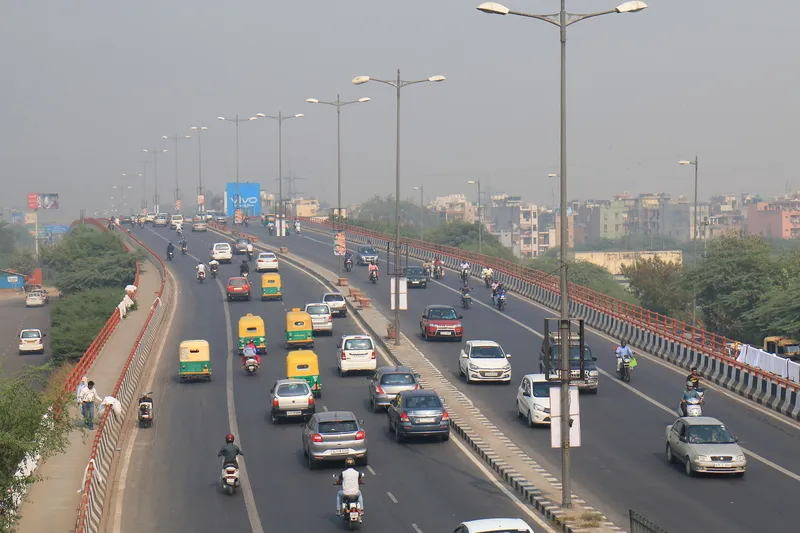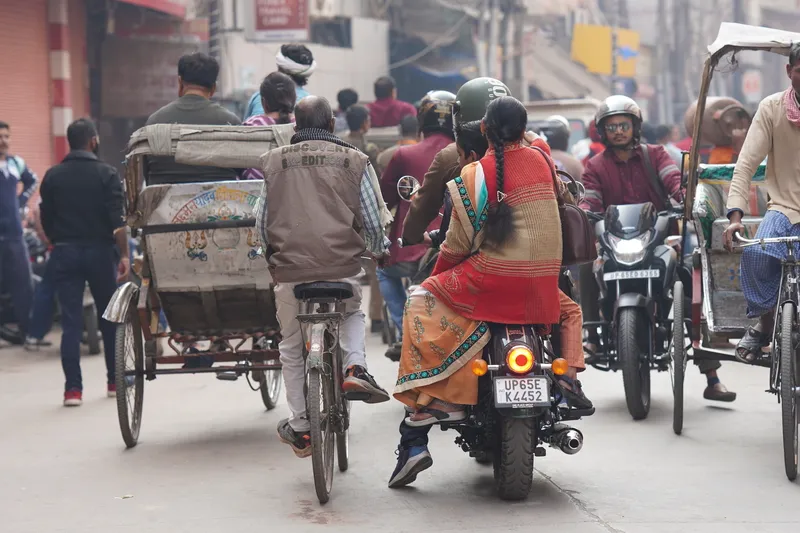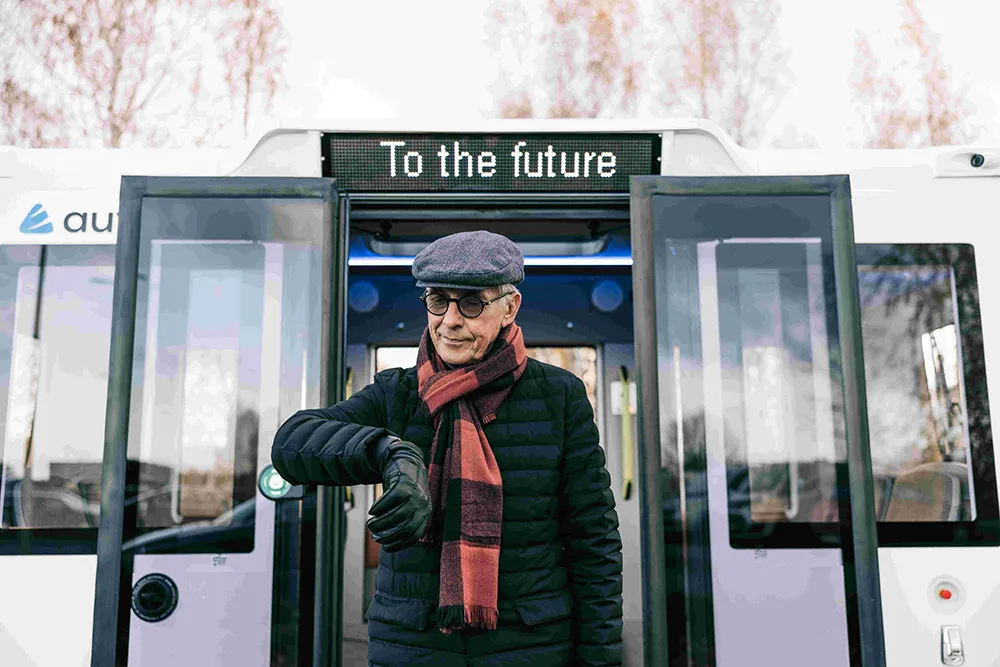
The 5G Automotive Association (5GAA) and ITS India have signed a memorandum of understanding to drive innovation in connected and autonomous mobility.
India is home to 1.4 billion people, more than China, making it the most populous country in the world. It is also the most dangerous for road users, with 155,600 fatalities on the road in 2021. This is around one person in every 8,900 - for comparison, the rate is about one person in every 8,500 per year in the US.
Technologies such as cellular Vehicle to Everything (C-V2X) have the capacity to prevent road collisions, for example by sending warning messages to and from vehicles, drivers and infrastructure, thus improving safety.
5GAA and ITS India said: "This collaboration marks a significant step towards smart, efficient and sustainable transportation, leveraging 5G, C-V2X and AI-driven mobility solutions. Together, we aim to transform urban mobility, enhance road safety, and drive seamless vehicle connectivity."
5GAA is a global, cross-industry organisation of companies from the automotive, technology, and telecommunications industries (ICT), working together to develop end-to-end solutions for future mobility and transportation services.
It was created in September 2016 and includes automotive manufacturers, Tier 1 suppliers, chipset/communication system providers, mobile operators and infrastructure vendors.
Jim Misener, Qualcomm's global V2X ecosystem lead, represented 5GAA in the signing ceremony in New Delhi.
He wrote on LinkedIn: "The dynamic collaboration between a strong global association and the pan-India ITS organisation will bring consequential joint know-how and from this, deployment of transport technologies for all of our road users."
The signing took place at ITS India Forum's Cellular Connected Vehicles Stakeholders (CVS) Meet, which brought together policymakers, industry leaders, technologists and innovators "to explore the transformative potential of ITS to shape the future of India’s mobility landscape".
The theme was 'Transforming India’s Mobility Landscape with V2X' and the organisers emphasised the need for more technology in India's transport ecosystem.
"With rapid urbanisation, growing vehicle populations and evolving connectivity needs, ITS solutions for cellular connected vehicles (V2X) technology offer a pathway to safer, more efficient, and sustainable mobility. These systems facilitate real-time communication between vehicles, infrastructure and pedestrians, enhancing road safety, reducing congestion and optimising energy usage."
"For a country as diverse and dynamic as India, adopting V2X technologies is not just a technical upgrade; it is necessary to address unique challenges such as chaotic traffic patterns, high accident rates, and fragmented public transport systems. By embracing V2X, India can bridge the gap between traditional infrastructure and innovative, future-ready mobility solutions, paving the way for smart cities, seamless transportation and reduced environmental impact."










